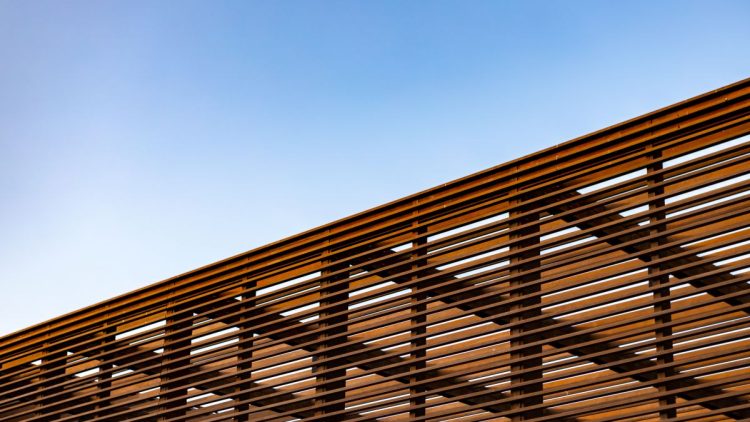Pros and Cons of Lattice Patio Covers
Lattice patio coverings are a popular alternative for homeowners who want to improve their outside living space. They give you a good mix of shade and sunlight, look nice, and can be made from wood, vinyl, or aluminum, among other things. But like any other home improvement, a lattice cover has pros and pitfalls that you should think about before putting it up.
If you’re building a new patio or remodeling an old one, knowing the pros and drawbacks can help you decide if a lattice patio cover is ideal for your lifestyle, climate, and long-term goals.
Lattice Patio Cover Pros
Some shade and some natural light
Lattice is great for people who desire shade but also want to let in natural light. The slats are spaced out so that filtered sunshine can get through. This keeps the patio bright and welcoming while also keeping the heat down. This is why lattice is so beneficial for gardens, pool areas, and outdoor kitchens when full coverage would make things too dark.
Better airflow
Lattice is not completely closed, so air can move freely and naturally. This helps keep heat from getting trapped and makes the area more comfortable, especially in warmer places where solid roofs can make the air more humid.
Fashionable and able to be changed
Lattice patio covers come in many different patterns, thicknesses, and materials, so they may fit with almost any kind of building. Depending on the material, they can be painted, stained, or powder-coated. They can also be made to stand alone or be used with climbing plants, lights, fans, or lattice wall panels.
Flexibility of materials
You can make lattice coverings out of wood, vinyl that doesn’t need much care, or aluminum that lasts a long time. People really like aluminum lattice systems since they last a long time, don’t fade, and can appear like wood without warping or decaying.
Less expensive than complete roofs
Lattice structures are usually cheaper than solid patio covers because they use fewer materials and need less work. They give shade and make things seem better without the cost of a fully engineered roof system.
Lattice Patio Covers Cons
Not completely waterproof
Lattice structures don’t shield you completely from rain, wind, or intense sun like solid roof covers do. A sturdy patio cover or insulated roof can be a better choice if you need a completely protected outside space.
Limited protection against UV rays
Lattice does screen some direct sunlight, but not as much as a solid building. This could shorten the life of your furniture and may not be good for people with sensitive skin.
Cleaning
If the lattice is constructed of wood, it will need to be painted or sealed every so often to keep it from rotting and wearing out. You may need to rinse or remove debris from aluminum or vinyl lattice from time to time, especially if you add plants or vines.
Not good for all kinds of weather
Lattice alone could not be strong enough or offer enough protection in places that get a lot of rain or snow. Some homeowners prefer a hybrid design that combines lattice and solid roofing to make it last all year.
Is a Lattice Cover the Right Choice for You?
A lattice patio cover is a great option if you want filtered light, good airflow, a stylish look, and a cheaper option than a full roof structure. It works well in places with moderate weather, outdoor locations where light is important, and homeowners who like a more natural, breathing look.
If you want complete shade, protection from the weather, or control over the temperature, a solid patio cover or insulated option would be better.
JLC Enterprises Offers Patio Covers In Phoenix, Arizona
If you are looking for Patio Cover installation services in Arizona, look no further than JLC Enterprises Inc. JLC offers Patio Cover Installations to the entire Phoenix, Arizona Valley, including, Phoenix, Gilbert, Glendale and more.[/vc_column_text][/vc_column][/vc_row]

